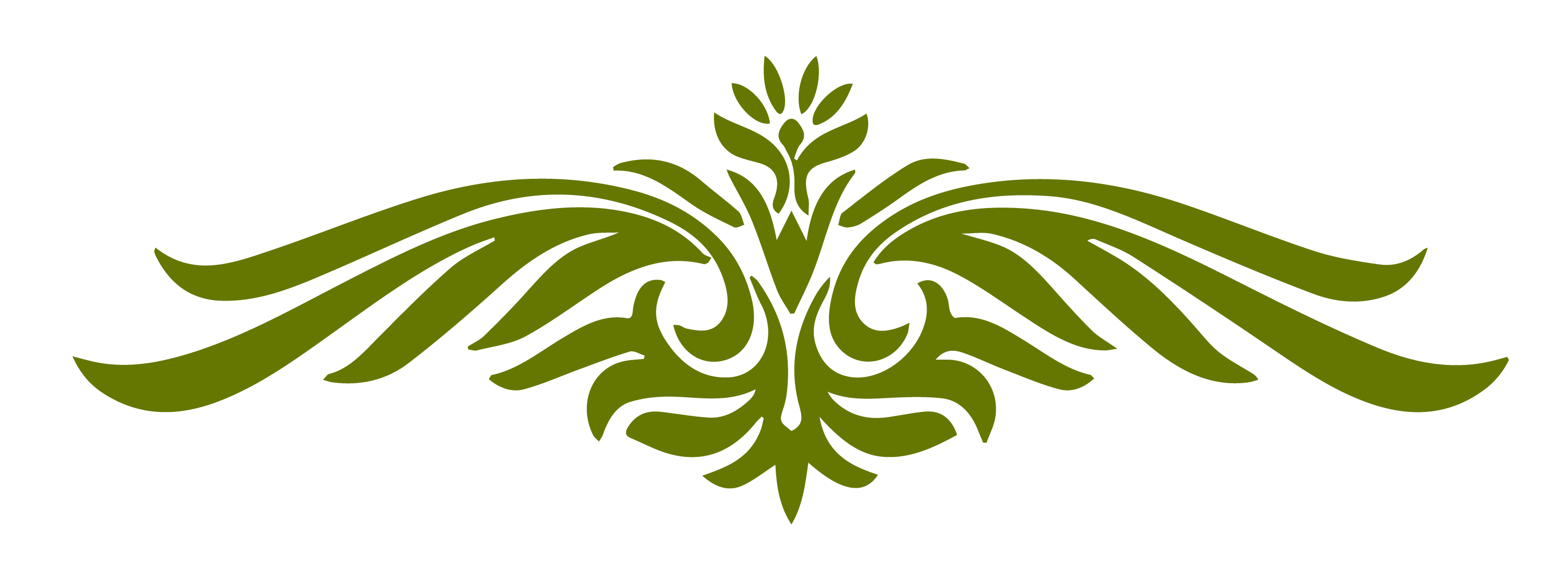The pattern allows removal of skin in both vertical and horizontal dimensions allowing for lifting and coning of the breast into a less ptotic shape. Web wise pattern mastopexy with wide pedicle was performed before placement of a small subpectoral implant. Web the wise pattern was initially described for breast reduction and mastopexy by wise in 1956. Mesh terms breast neoplasms* / surgery Dr robert wise developed the pattern from a deconstructed brassiere.
And maintain the viability and. Accordingly, vertical mastopexy is best labeled “vertical,” referring to the vertical midline parenchymal resection of the lower pole, not the scar. There is a greater risk of scar hypertrophy laterally and medially in the imf. Web 8.2.5 the wise pattern the wise pattern (not just the keyhole opening) is important for the surgeon to use as a template for the parenchyma (and not the skin)—for what should be left behind. Web the wise pattern was initially described for breast reduction and mastopexy by wise in 1956.
Web mastopexy techniques are good options for patients with significant ptosis and adequate breast volume, as well as larger breasted patients. Web wise’s pattern mastopexy is essential in cases of severe ptosis. B, wise pattern, superomedial pedicle; And c, wise pattern, superior pedicle. Web wise pattern mastopexy with wide pedicle was performed before placement of a small subpectoral implant.
Web wise pattern mastopexy with wide pedicle was performed before placement of a small subpectoral implant. 11 note that when the pattern is closed, it results in a nice coned breast shape. Suitable for patients with flattening of the superior pole and breast parenchyma below the inframammary fold. Web the wise pattern augmentation mastopexy is used for grade 2 or 3 ptosis. Web the scar is frequently modified to a short inverted t. Web background mastopexy, or breast lift, is a procedure designed to improve the appearance of sagging or ptotic breasts. Resect excessive breast tissue if needed; And maintain the viability and. Web historically, the most commonly used technique for managing the redundant skin envelope in mastopexy was the wise pattern inverted t approach. As a result, it is this technique against which all other ‘short scar’ techniques are measured in. Dr robert wise developed the pattern from a deconstructed brassiere. It was first described by wise in the 1950s with the development of templates for making a skin only mastopexy. Web in this chapter, the authors review their preferred techniques for the wise pattern mastopexy utilizing either the superior or inferior/central pedicle. The goal of surgery is to improve the shape of the breast while minimizing. Therefore, it is the best skin pattern for.
Accordingly, Vertical Mastopexy Is Best Labeled “Vertical,” Referring To The Vertical Midline Parenchymal Resection Of The Lower Pole, Not The Scar.
A breast lift raises and firms the breasts by removing excess skin and tightening the surrounding tissue. This technique combines wide upper pole tumor excision with excess. Web the wise pattern was initially described for breast reduction and mastopexy by wise in 1956. The most commonly employed oncoplastic technique is the wise pattern with inferior pedicle reduction mammoplasty.
The Goal Of Surgery Is To Improve The Shape Of The Breast While Minimizing.
The implant is placed in the partial subpectoral pocket. Web a report by salibian et al. Resect excessive breast tissue if needed; 11 note that when the pattern is closed, it results in a nice coned breast shape.
Web Mastopexy Techniques Are Good Options For Patients With Significant Ptosis And Adequate Breast Volume, As Well As Larger Breasted Patients.
Web background mastopexy, or breast lift, is a procedure designed to improve the appearance of sagging or ptotic breasts. Patient selection, preoperative planning, and markings with a detailed description of these preferred surgical approaches are reviewed. Web mastopexy (i.e., breast lift surgery) is an effective way to correct sagging or address breasts that appear uneven. Web 8.2.5 the wise pattern the wise pattern (not just the keyhole opening) is important for the surgeon to use as a template for the parenchyma (and not the skin)—for what should be left behind.
As A Result, It Is This Technique Against Which All Other ‘Short Scar’ Techniques Are Measured In.
The findings should be considered during choice of surgical technique in oncoplastic breast conservation. Web the wise pattern was initially described for breast reduction and mastopexy by wise in 1956. Mesh terms breast neoplasms* / surgery Web wisepatern technique involves lifting the skin in both vertical and horizontal directions to raise and reshape the breasts into a less ptotic shape.










